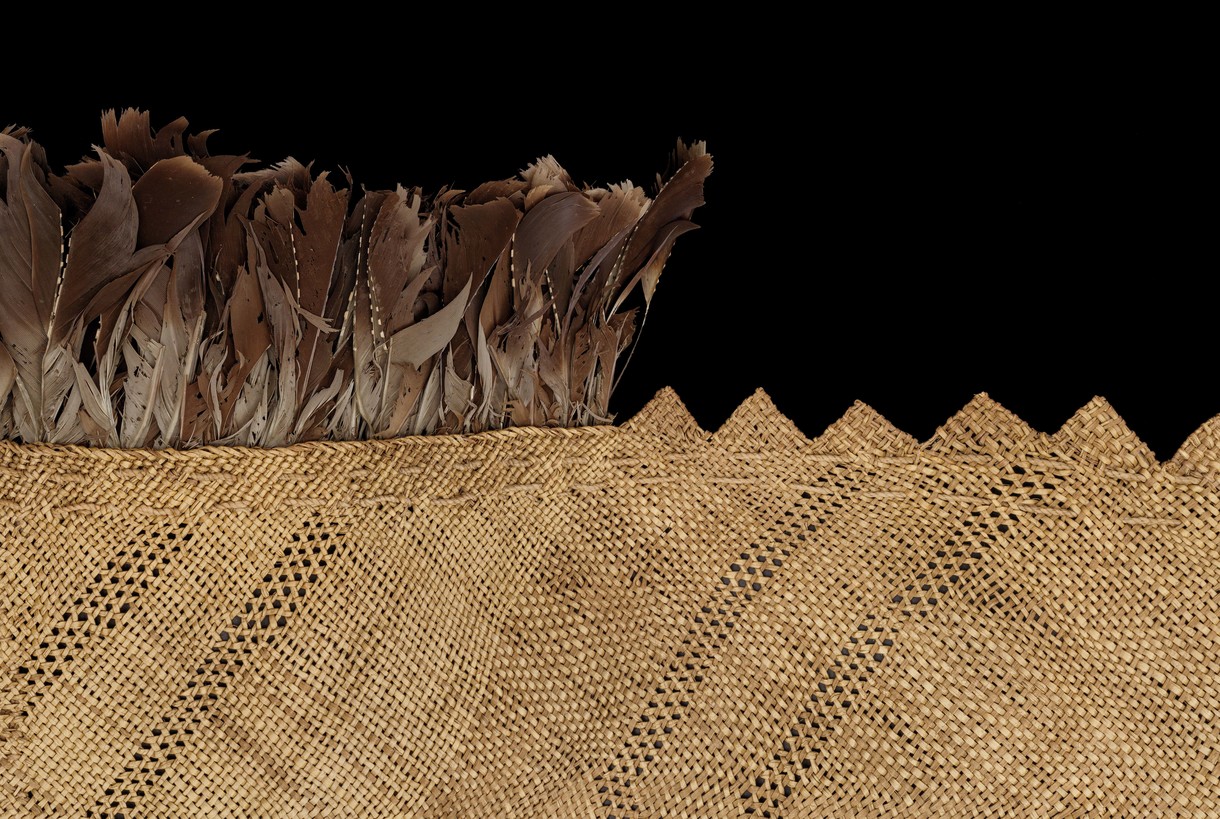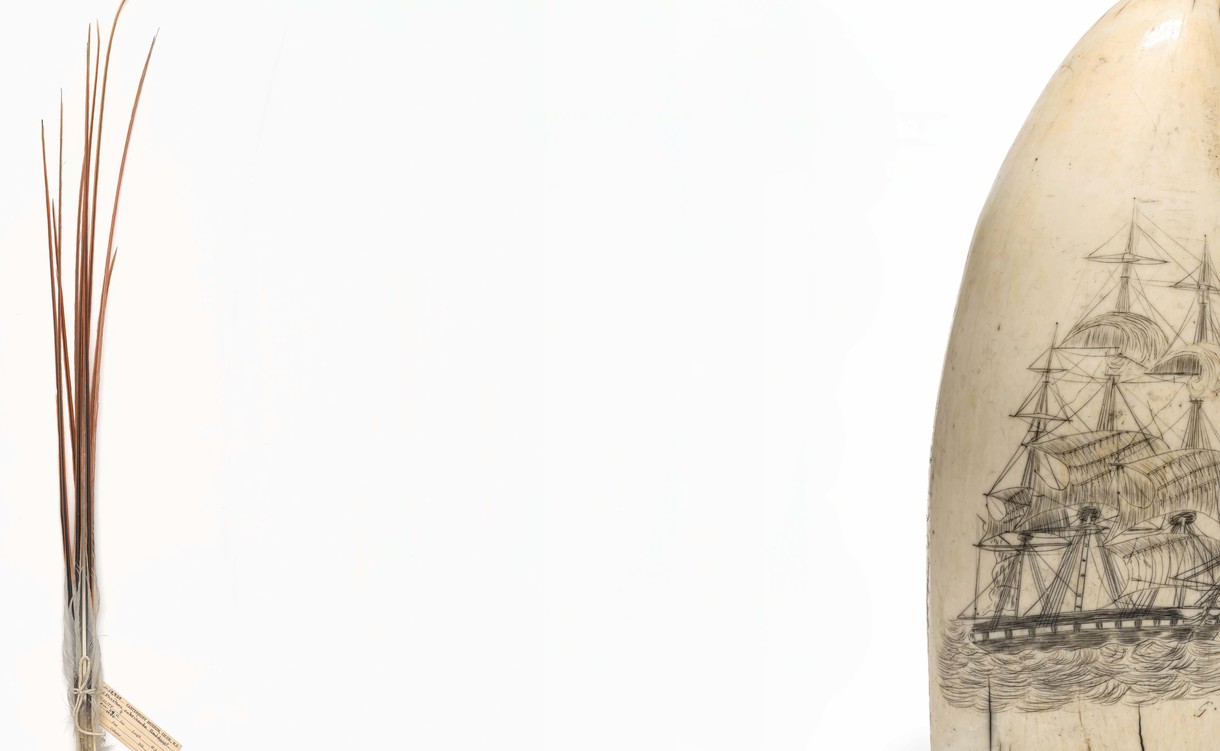Verses and Visions of Ship Nails and Tail Feathers
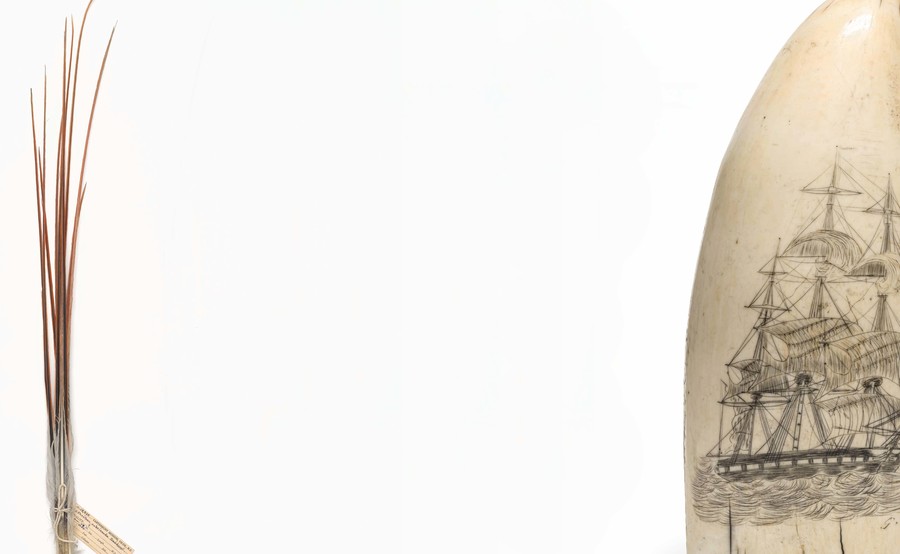
The ways that we curate history can make all the difference in the ways we value each other now. As I round the corner on a decade spent working in heritage and curatorial collection management, my beloved museum wrapped in its gothic stone cloak is under decant. It seems the tide is always high, and my mind needs to revel in the freedom of writing in a foreign tongue about that which matters to me. So here is a collection of verses and visions, data and drama about art and artefacts intended to counter what I would describe as the lingering monocular view of histories and heritage material.
Although the past is irretrievable, its presence in heritage sites and material is inescapable, and often extremely powerful. I visited the Canterbury Museum for the first time aged fifteen and was fortunate to gain special access to the old ethnographic storeroom. Experiencing heritage differs for many, and that day I remember the storeroom brimming with the smell of earth and oil; a treasure trove so visually compelling I drank up all that my eyes could see, dreading the end. Hidden from the ill-informed public were rows upon rows of our heritage material; here I encountered the wealth, intelligence and mana of my people. It was an experience of clarity and anchoring, and the impetus to my passion for museums and heritage material.
When Magellan first revealed the South Seas to the Western world in 1521, what followed was inevitable. Our material culture – the manifestations of our shared or individual experiences, needs, experiments, innovations, languages and customs – disappeared to be held in foreign hands and traded in foreign lands. Museums were, by design, systems used as colonial tools to collect and highlight the then perceived physical, intellectual and technological superiority of the colonial empire over indigenous peoples. With our material culture removed from context and collected to educate, entertain or inspire others, we, tagata o le moana, eventually became visualised as romanticised static.
It was the beginning of a one-way road, with no markers for the extraordinary histories of Pacific peoples, which began before the fall of the more famed Minoan civilisation. Our ancestors began the final chapters of human settlement of the globe, navigating and settling the largest of its oceans without modern aides, and thrived in societies with political, scientific, economic and educational systems; they developed trade routes now bordered with passports by opposing military complexes, and medicines now lining the pockets of offshore patent holders and greedy pharmaceutical giants. Our ancestors formed alliances, abundant in a knowledge that upheld accountability to the seasons, the environment and each other. Museums matter as a space where identities, cultures and ontologies can be discovered, documented, demonstrated and, sadly, dismissed. The present abundance of roles, practices and knowledge pertaining to how we see ourselves and how we see others, how we understand and engage with each other’s environs, materials, expressions, practices and so on, are still functioning on the smell of an oily foreign flag. The intricacies of history are drawn mainly from a collection item’s provenance, acquisition information, construction methods and media, curatorial significance and perceived rarity. There is no room to inhale the dreamy air of histories afforded so easily in art galleries, where historic artworks – alone in their pristine gallery spaces, gilded wings holding them safely in their places – capture adoring eyes that dream about a clean, stoic heritage. It is easy to be proud of your history in an art gallery, where there is a distancing from realities that are confronted immediately and brutally in museum collections.
The reality of this skewed history was obvious as a mixed heritage Pacific Islander born and raised in Canterbury. I grew up in a time when the cultural significance attached to our heritage material was reduced to the peculiar, simplistic or macabre, presented in the pursuit of info/edutainment for an audience largely made up of non-us. The traditional exclusion of Indigenous art and artefacts from cliquey terms and genres such as fine arts, boutique wares, finery, decorative arts and studio ceramics endorsed the unspoken monologues of those self-important colonial minds, which have from the same platform but to a wider degree set today’s systems and standards for religion, education, governance, justice, culture and economics. All to the detriment of our environment, ingenuity and people.
True, the engagement and employment of Māori, Pacific and Indigenous people in museums and art galleries is increasing, but the systemic divide remains. Indigenous material heritage continues to be viewed in the context of a visual hierarchy that places our heritage material as the lesser result of creative endeavours. The opportunity therefore to work with Felicity, Ken and Peter from the Christchurch Art Gallery Te Puna o Waiwhetū whānau, distilling histories into an unusual selection of vignettes, has proven plenteous. Every encounter has been reciprocal and rich with open dialogue unrestrained by, but considerate of, such stagnating metanarratives.
With a rolodex containing images of museum collection items spinning behind my eyes, we entered a talanoaga, where milieu, innocence, adventure, adornment and opulence became prominent bridges for us to speak on things that mattered to us there and then. Long lists were shortened, and museum material began to overlay scenes created by long- departed artists capturing their then working world. From the curiously ordinary to the challengingly opulent, the following eclectic excerpts are but mere reflections, just some minor or finer points that one might consider on viewing our collective exhibition.

Amokura tail feathers. Collection of Canterbury Museum
William Menzies Gibb Edge of the Bush, Pigeon Bay 1886. Watercolour. Collection of Christchurch Art Gallery Te Puna o Waiwhetū, gift of Elizabeth Britton, 1960
When viewing the water-coloured Edge of the Bush at Pigeon Bay, the rarity of this lush bush scene there now stopped the rolodex on the rachis of a handful of amokura tail feathers, and we agree to a shared heritage in loss. Have you ever felt the weight of history while running an eye over the length of an amokura tail feather? Rarely seen in the waters of Aotearoa, this tropicbird is also known to Polynesians as the atavaké, and to sailors as the bo’s’n–bird. With distinctive black eye markings and elegant long red tail streamers, amokura caught in easterly gales from their mid-Pacific breeding colonies met their fate along Aotearoa’s coastlines, where they were systematically sought and collected. Coveted by Māori, these tail streamers were used as prized decorations, mediums of trade at a price scale equal to that of pounamu. What are our measures now for what is treasured, when the weight of meaning and rarity is no longer traded by those who made the scales? It makes me think of how the love for our fauna and flora in Aotearoa New Zealand is immensely documented and promoted, yet little is done, little is seen of the degradation, little is heard of the continuous preventable extinctions of native species such as the regal huia.
The wattlebird huia is so instantly attached to visions of snow tipped tail-feathers and intricately carved waka huia that one forgets they are no more. A blur of black beauty extinct by the early twentieth century with so little trace, we know but dust and memories. The charred scene captured before me by Margaret Stoddart flips the rolodex to a lonely huia nest, the only one in existence, it glitched into sight and dropped, lost to the ashes at Paraparaumu.
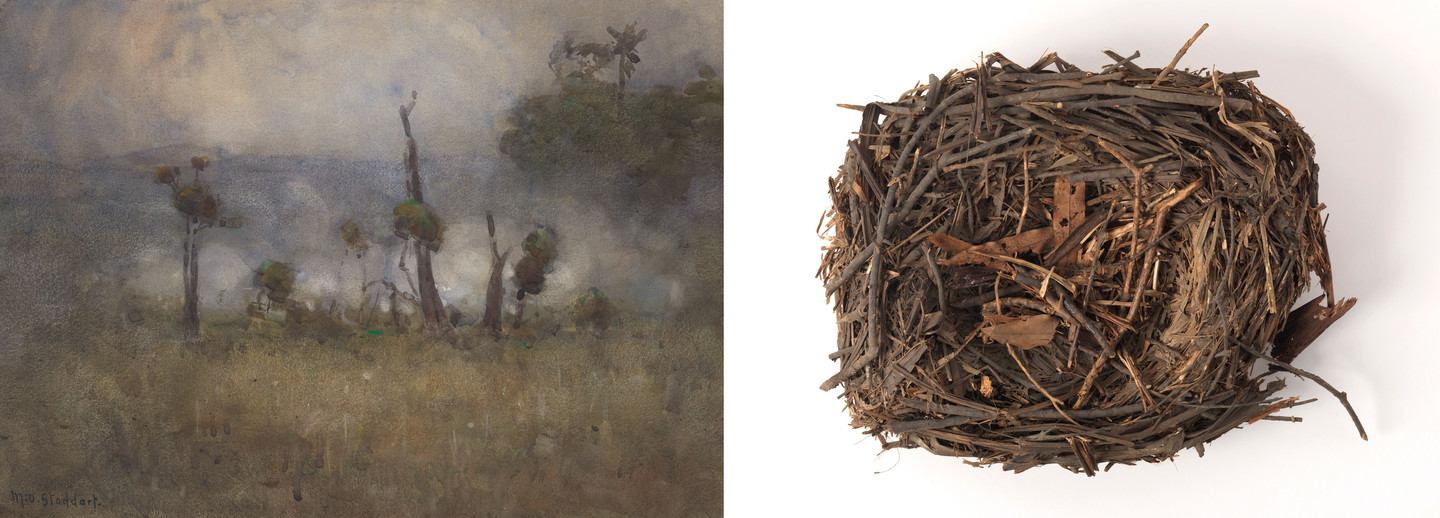
Margaret Stoddart Bush Fire, Paraparaumu c. 1908. Watercolour. Collection of Christchurch Art Gallery Te Puna o Waiwhetū, purchased 1959
Hūia nest. Collection of Canterbury Museum. Photo: Jane Ussher, 2019
And what of adventure? Is it a sound bridge for myself and the Christchurch Art Gallery curators to speak of this yearning to explore beyond horizons and settle new places, with friendships and hardships? It becomes abundantly clear that this bridge allows a viewing of historic art and artefacts in an ocean deep with Eurocentric bias. The sense of adventure is not only felt when thinking about the early settlement of the Pacific but also when thinking of the subsequent immigrants of recent history. Here, I glimpsed coconut trees in the Océanie, Îlots a Uvea (Wallis), where people are fishing in the nearby reef in muted monochrome. This seemingly idyllic scene is soon to be thwarted by a ship far away – although it is still small, it looms large in the distance. Its masts are above the horizon line, but I see no figurehead of a protective maiden thrust forward at the bow to ensure safe passage and full sails. Off to its side, is that a va'a of the island kind? The spinning rolodex throws hues of a similar shade against this scene. A food package containing a ration of paste bound with a singular coconut sennit, a life-saving cord when required unwound for lashing or repairs; a medium for protection and preparation in times of voyaging.
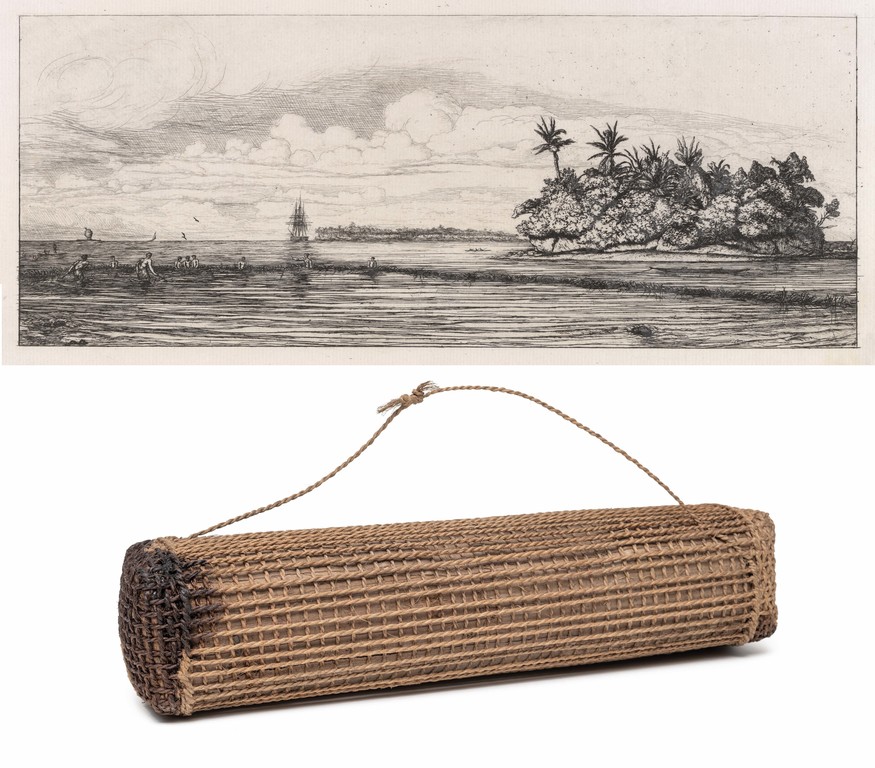
Charles Meryon Océanie, Îlots a Uvea (Wallis), Pêche aux Palmes 1845 1863. Etching. Collection of Christchurch Art Gallery Te Puna o Waiwhetū, gift of Olivia Spencer Bower, 1979
Maker unknown Ration of food paste and fibre cordage. Pandanus paste wrapped in plaited pandanus leaves, tied with coconut sennit. Collection of Canterbury Museum
If adventure was once so heavily anchored to heaving seas and billowing sails, industrious ports and ship nails, how do we now scribe our generation’s epic tales if not into the ivory teeth of whales? Around the table we pondered this amidst the historic use of whaling pots, harpoons and paddles, and activities such as the hunting of sperm whales. Along with compasses, octants and other navigational devices we realised the importance of telling our shared heritage from under stars and canvas or woven sails.
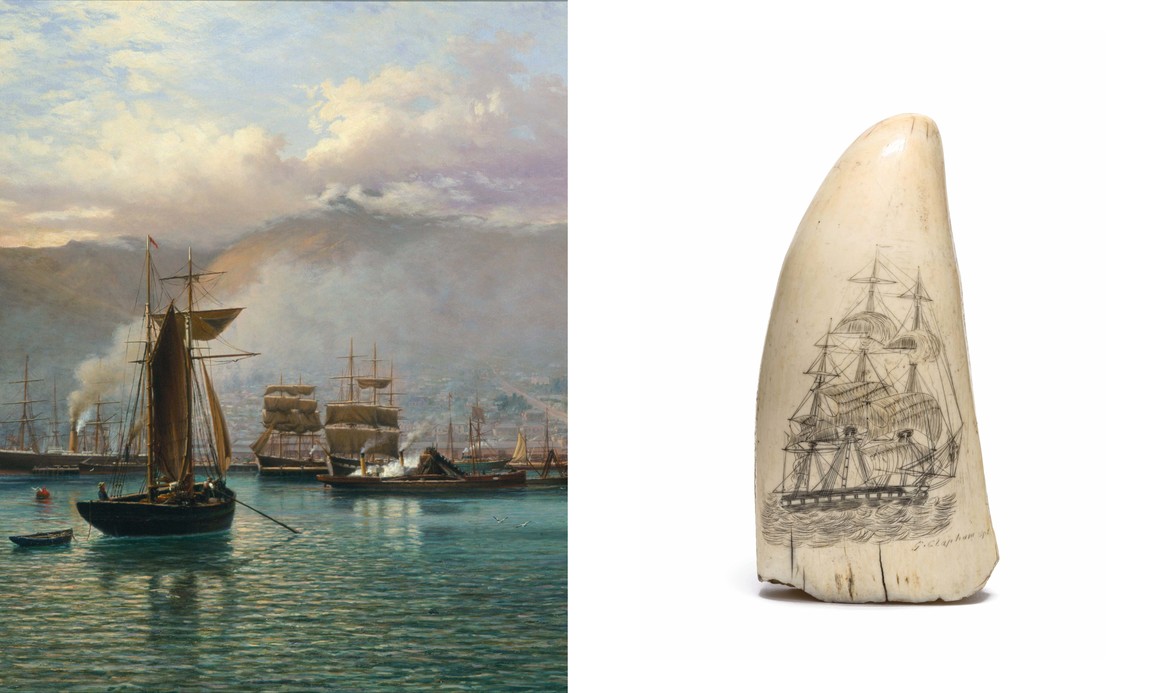
John Gibb Lyttelton Harbour, N.Z. Inside the Breakwater (detail) 1886. Oil on canvas. Collection of Christchurch Art Gallery Te Puna o Waiwhetū, presented by the Lyttelton Harbour Board, 1989
Captain George Clapham Three-masted ship 1830s. Scrimshaw. Collection of Canterbury Museum
We agree to opulence re-emerging in a vignette dedicated to a selection of unique ceramics and luxuriously applied colour, content and countenance. The artworks presented at our table taste of exquisite colour, and so here I dream up a history connecting two favourites whose content allows a walk into a world of mystery and intrigue. A shattered vase, its precious china fragments repaired, now encases a dragon in clouds against a sky of such deep red that it holds her gaze so rarely seen, for she is captured forever standing in the Wizard’s Garden.
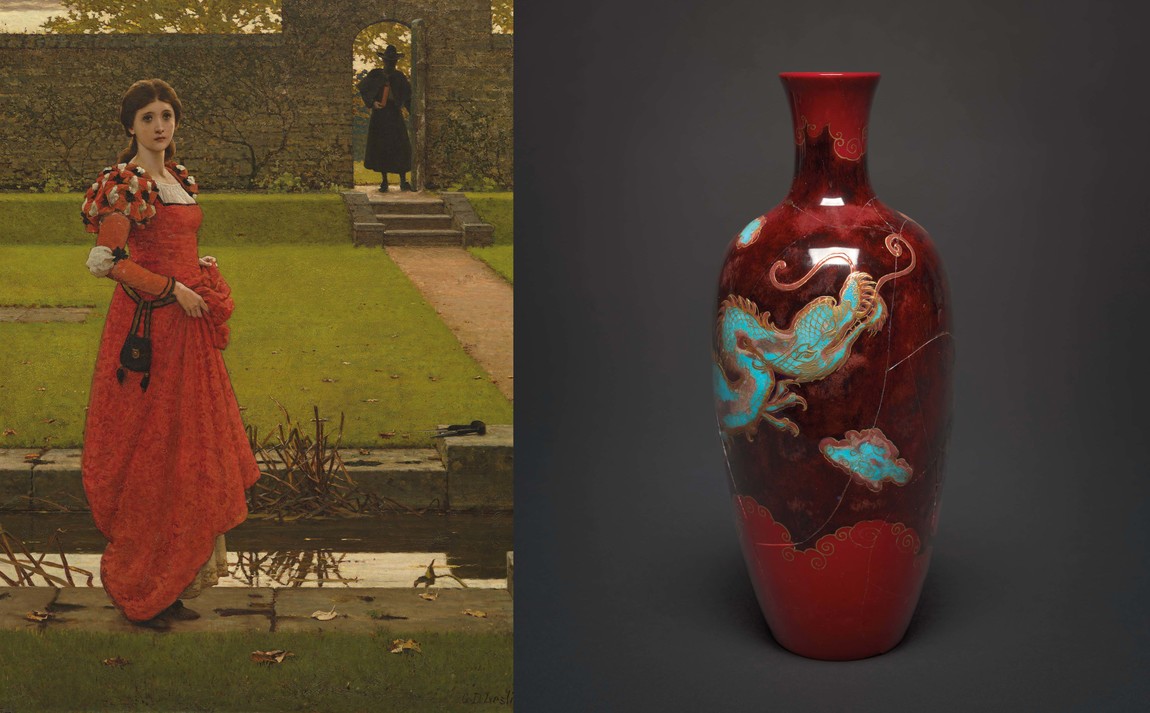
George Leslie In the Wizard’s Garden c. 1904. Oil on canvas. Collection of Christchurch Art Gallery Te Puna o Waiwhetū, presented to the Canterbury Society of Arts by Wolf Harris, 1907; given to the Gallery, 1932
Royal Doulton (Charles J. Noke and Cuthbert Bailey) Dragon vase c. 1905. Rouge Flambé glaze bone china with enamelled and gilt decoration. Collection of Canterbury Museum
All around the world for as far back as we can dig, people have shared a love for adornments – it’s just working together to realign how we view these. Our team wished to avoid the exoticising of Indigenous jewellers’ products that our ancestors wore to accentuate status and movements. Confronted by the gazes of the sitters in a strong group of portraits, I am taken aback by the portrayal of pālagi women, who lived in a time when they had little to no authority, choice or status. Inwardly I shudder and lean on my families’ matriarchal systems, forever providing solidity and strength as well as variety and valour.
And the rolodex spins, searching for a symbol to support Mrs Elizabeth Watson’s immovable manner even if it is just a façade for the artist, her family and viewer. An 'Ula lei would more than suffice – a thing of natural beauty yet fatal to the eyes. A necklace of twenty-seven whale teeth ground down to size comes from Samoa presented by Miss Valasi Bleazard and collected by her father, Reverand Colin Bleazard, a Methodist missionary in Western Samoa from 1892 until 1901. Part of a larger collection, it is a perfect awhi in my Island eyes.
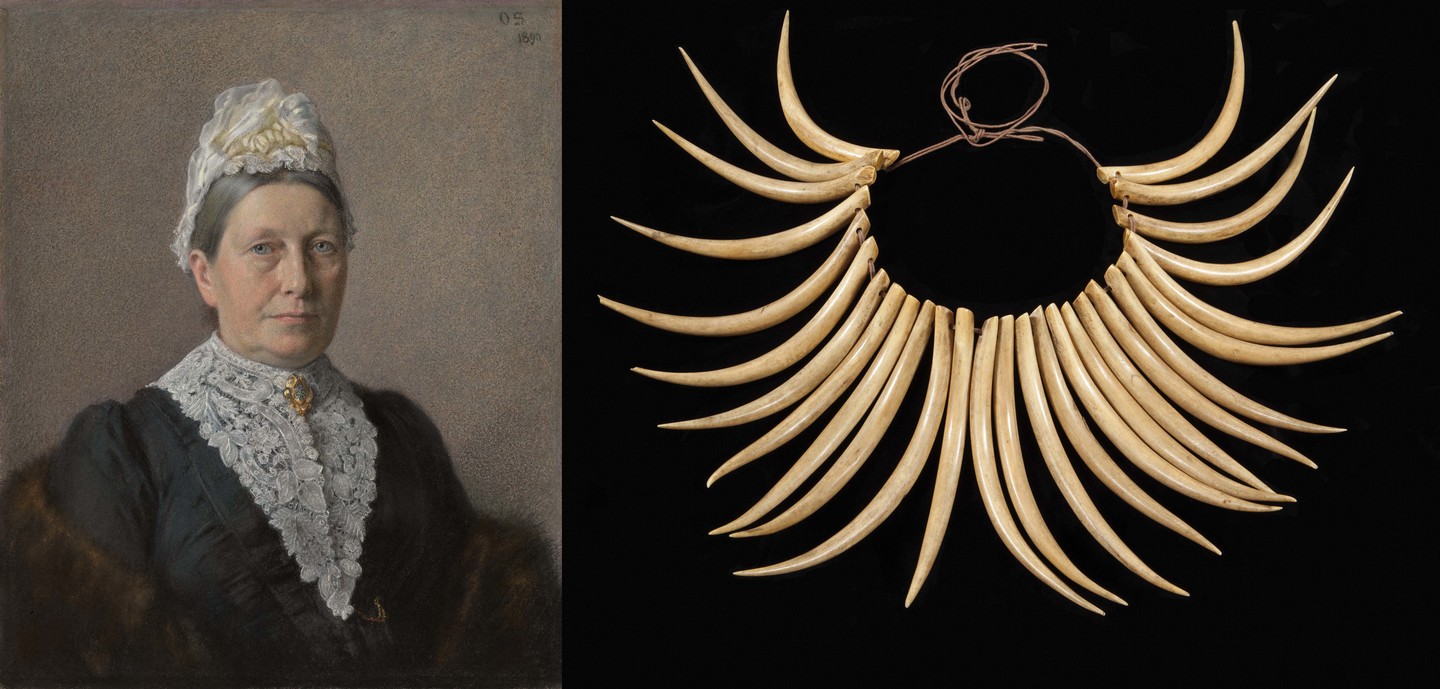
Otto Scholderer Mrs Elizabeth Watson 1890. Pastel. Collection of Christchurch Art Gallery Te Puna o Waiwhetū, Mrs Amelia Bullock-Webster bequest, 1934
Maker unknown 'Ula lei. Whale ivory. Samoa. Collection of Canterbury Museum
I would like to finish here, without further words across worlds, but do trust there is more to feast on when entering these vignettes. Glimpses into history and heritage material, manifestations and visual documentation of our shared milieu and potential, our sense of adventure, love of adornments and opulence. We have built a bridge from wonder to connect the Museum and the Gallery, aware that the ways we curate history can tip the scale to favour one’s non-existence in the hierarchy of art and artefacts, verses and visions, data and drama.
A partnership project between Christchurch Art Gallery Te Puna o Waiwhetu and Canterbury Museum.










